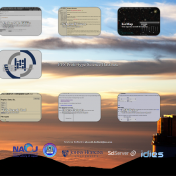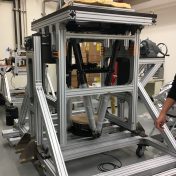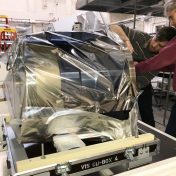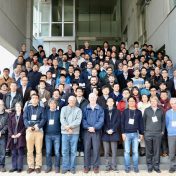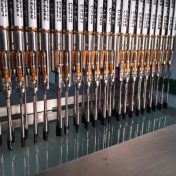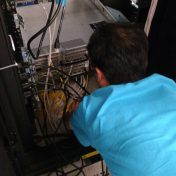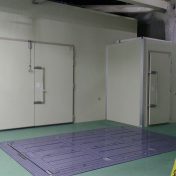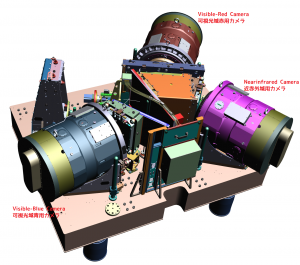Metrology Camera left Taiwan to Hawaii
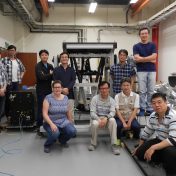
One of the PFS instrument “Metrology Camera” was finally shipped from Taiwan to Hawaii!! Metrology Camera is an instrument used to measure the fibers position while we configure fibers to target objects. Academia Sinica Institute of Astronomy and Astrophysics (ASIAA) in Taiwan has the responsibility for Metrology Camera development, and they tested its performances before shipping in the last a… Read more »

